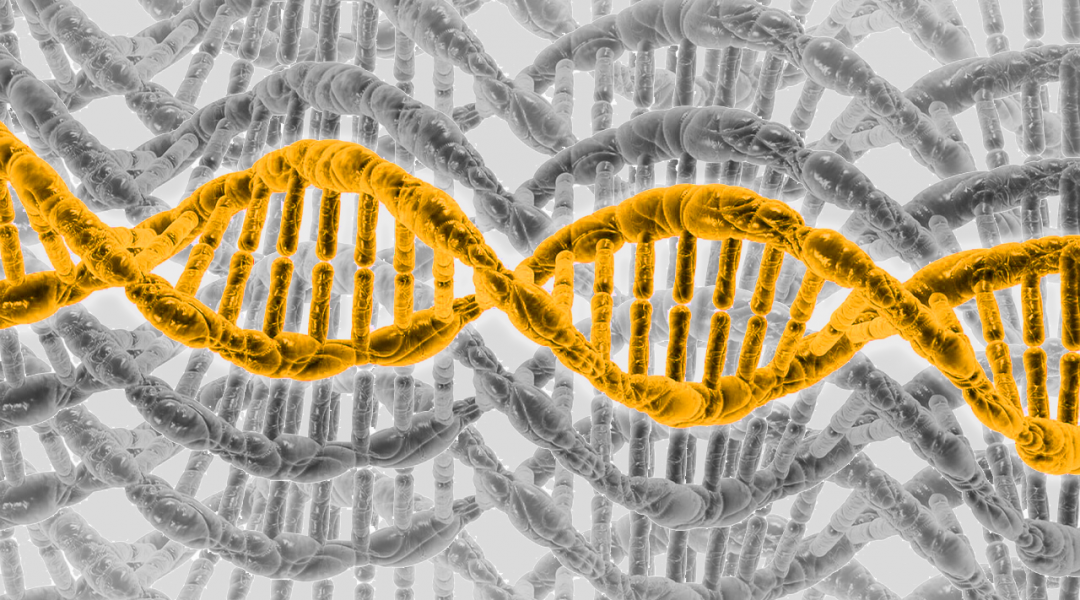Subcellular localization and its dynamic change are critical for protein function. Since the development of shotgun proteomics, ‘proteomic microscope’ methods have evolved that allow the simultaneous determination of steady-state localizations of thousands of proteins, through a combination of subcellular fractionation and mass spectrometry. However, the assessment of perturbation-induced subcellular localization changes has long been confined to optical microscopy, imaging a single or at best a few proteins at a time.
Detailed instructions for generating ‘Dynamic Organellar Maps’—a sensitive, comparative format of the proteomic microscope approach, which enables proteome-wide analysis of protein subcellular localization changes—have been provided by the Borner laboratory at the Max Planck Institute of Biochemistry. The method combines simple, rapid, and highly robust subcellular fractionation through differential centrifugation with quantitative mass spectrometry and a standardized bioinformatics workflow. The only technical requirements are access to mass spectrometry and ultra-centrifugation. All downstream analyses are performed with freely available software tools and require little prior knowledge about proteomics or bioinformatics.
The method can be applied to all kinds of homogeneous cultivated or primary cell cultures, requires as little as 1 mg total protein mass as starting material, and may be used in a plethora of different biological contexts. Examples of successful applications include the investigation of a genetic disorder interfering with protein transport, to uncover the underlying disease mechanism; and the detailed and quantitative characterization of protein subcellular movements following growth factor stimulation. In general, the method provides a powerful unbiased exploration tool for system-wide assessment of protein subcellular dynamics, be they part of a natural process or induced by perturbations.
The comprehensive set of wet-lab and data analysis protocols reported here provide novice users with sufficient information to apply Dynamic Organellar Maps to their system of choice.

















